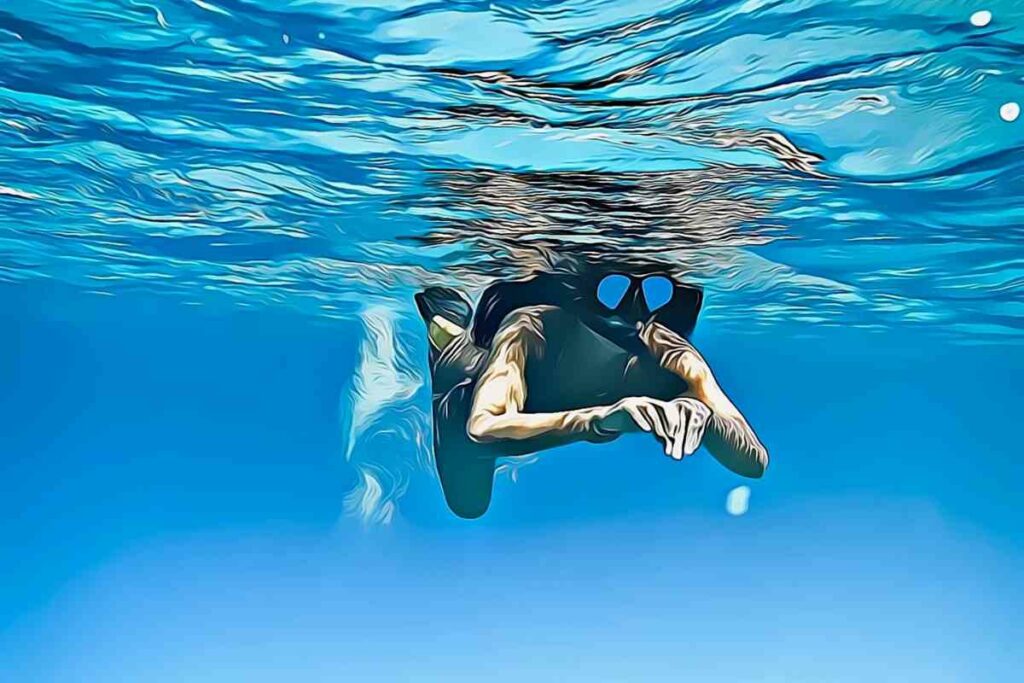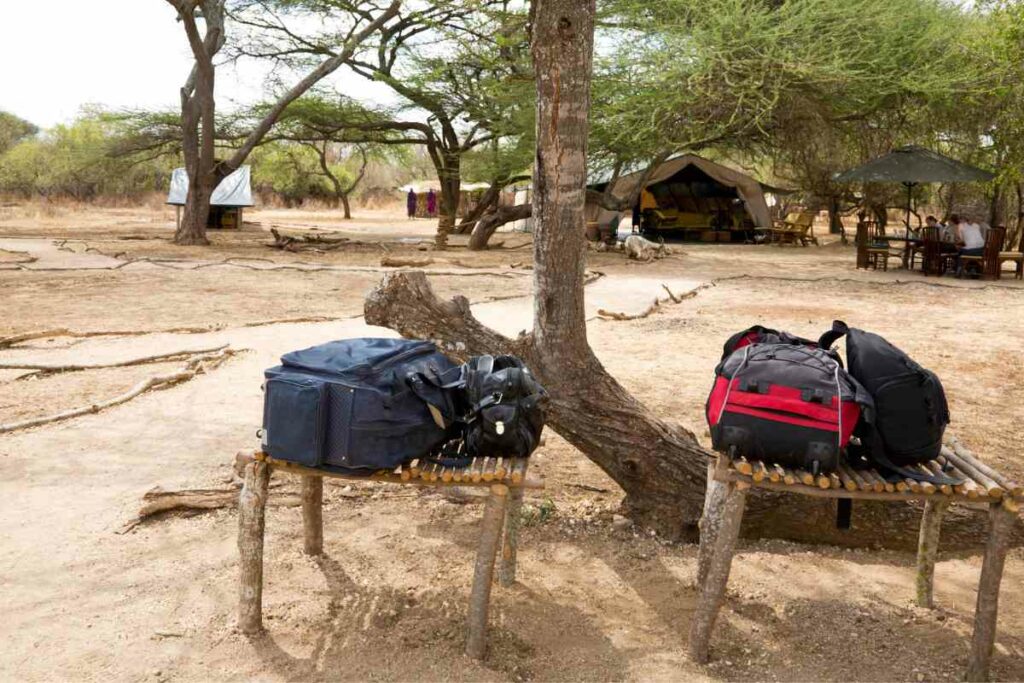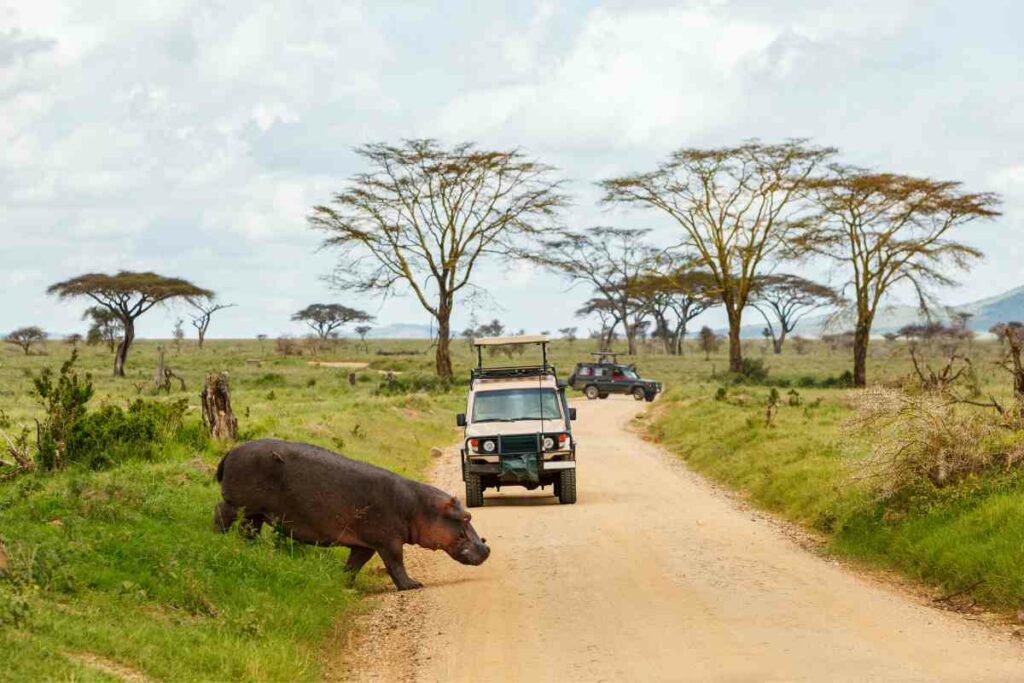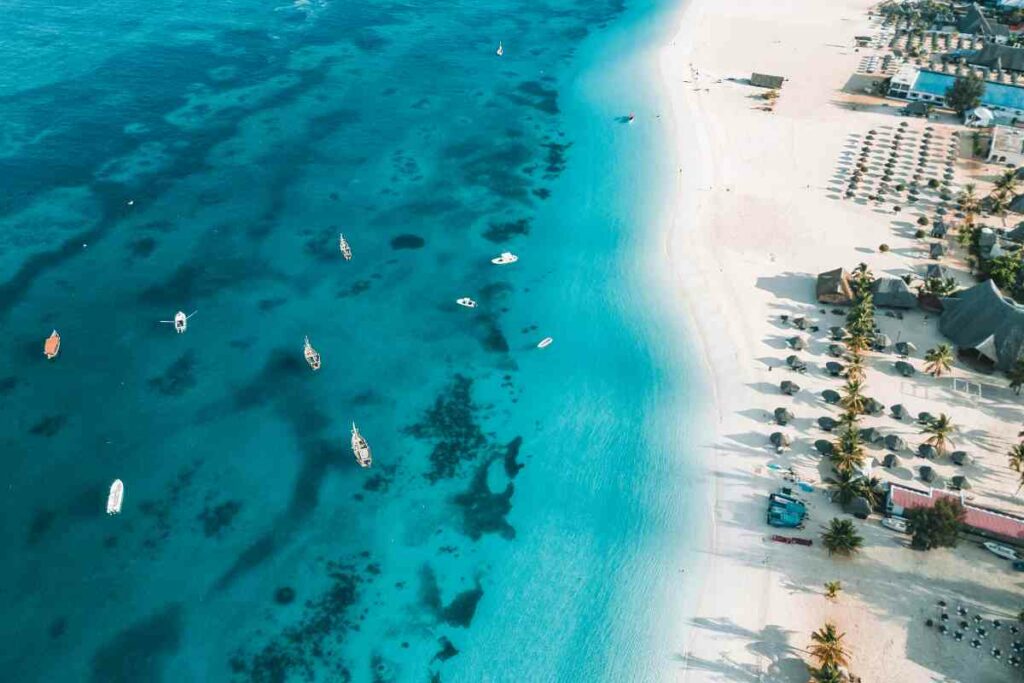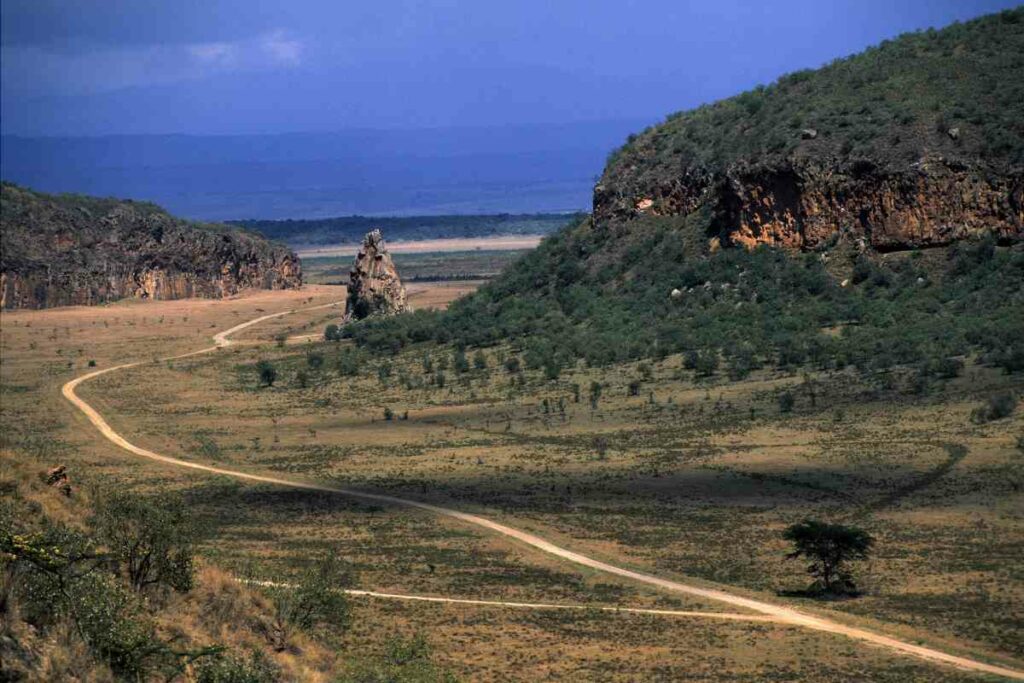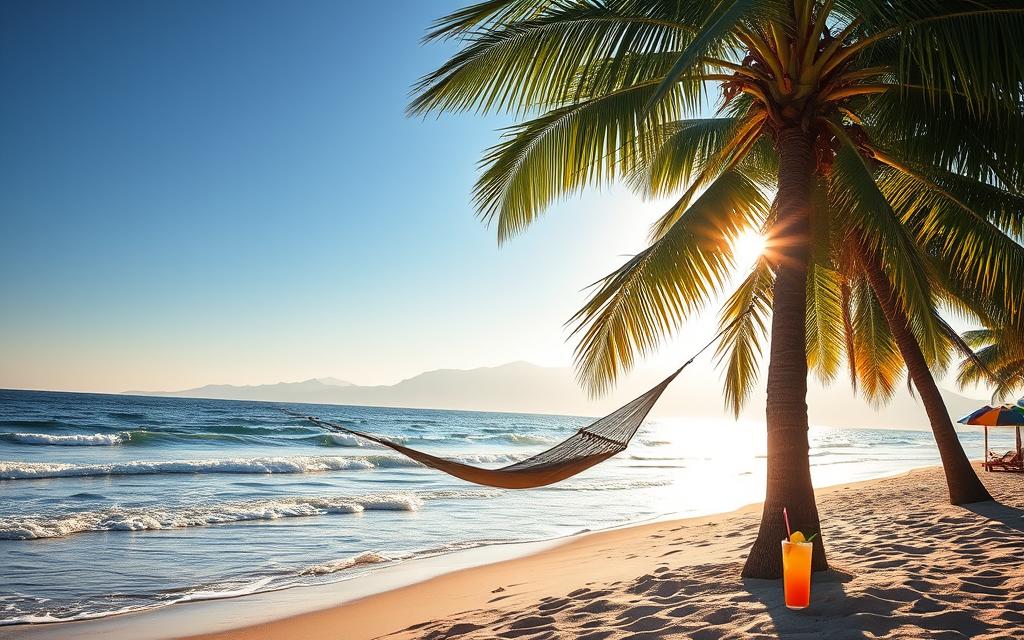The Nairobi National Park is the oldest in Kenya, and its proximity to the capital city makes it a hub for safari seekers.
The park has a host of unique attractions, and there are plenty of fun activities to do to make your visit memorable.
Here is a comprehensive guide to help you discover and enjoy the best that the Nairobi National Park has to offer.
Brief History
Nairobi National Park was established in 1946.
With a total area of just over 45 square miles, it is one of the smallest national parks in Africa, yet it supports an astonishing variety of wildlife.
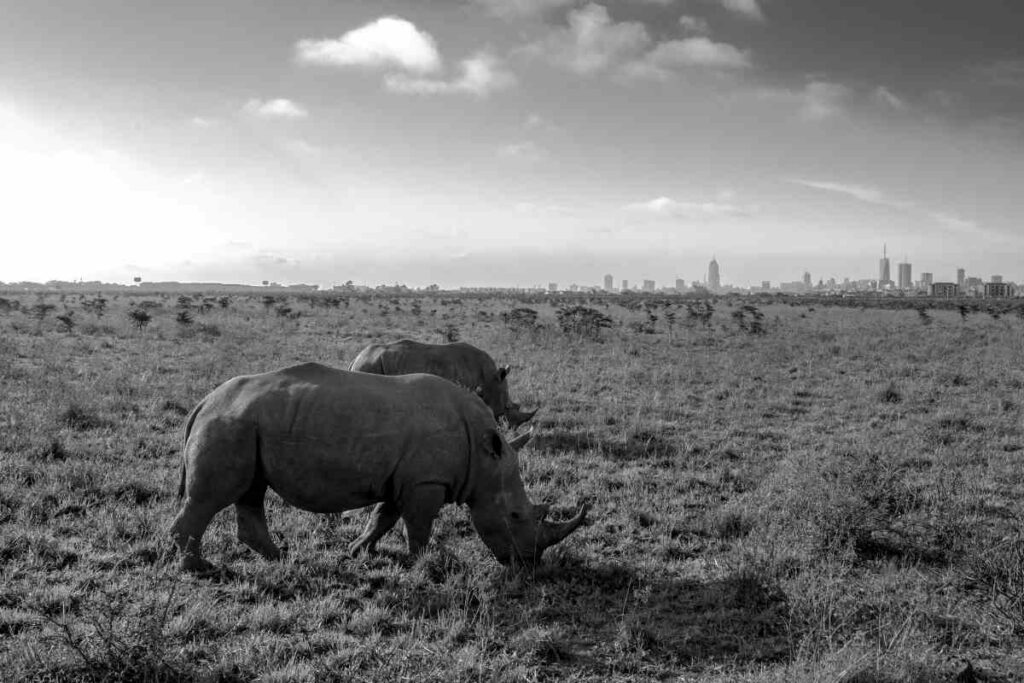
Over 100 mammal species, 400 bird species, and 40 different reptiles and amphibians reside within the park.
Besides, exotic fauna in the park includes up to 500 different species of trees and shrubs.
The park is one of the world’s top safari destinations, as well as a sanctuary and breeding ground for endangered animals like black rhinos.
Eight artificial dams across the park ensure the wildlife can have watering points to survive through extended dry seasons.
Top Attractions
Game Drives
Nairobi National Park boasts an incredible variety of wildlife within its vast ecosystem.
The Big 5 all reside in the park except for elephants.
Buffalos are the most prevalent, followed by 100+ rhinos, 40 or so lions, and a few leopards.
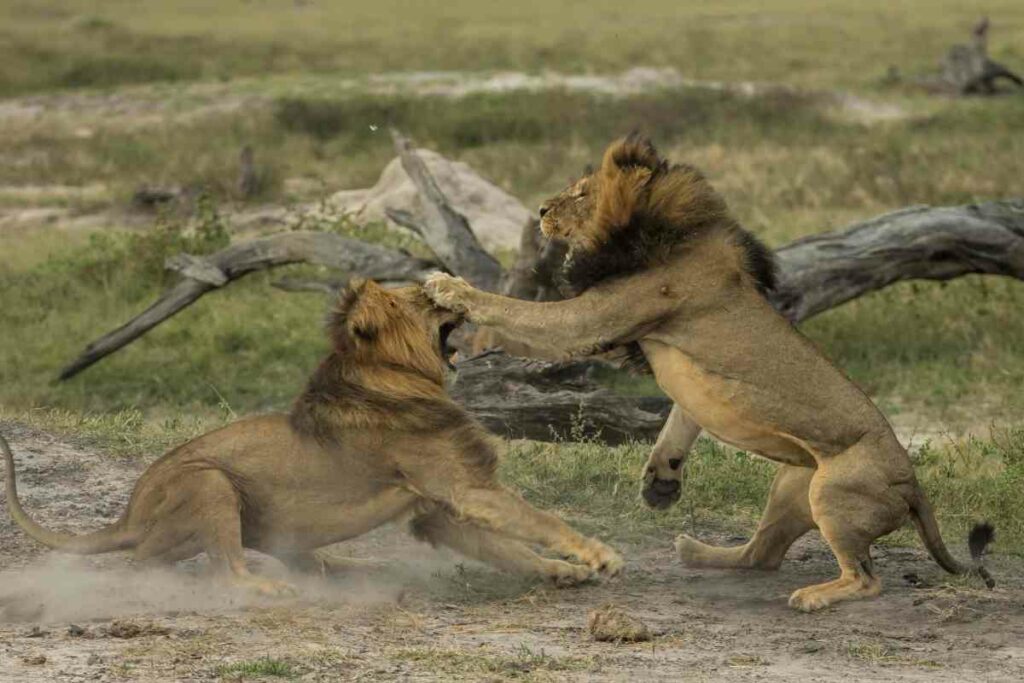
Morning and evening game drives produce the most sightings of the big 5 in their natural habitats.
Apart from the big cats (lions, leopards, and cheetahs), the other notable predators in the park are jackals, hyenas, and serval cats.
There are often Burchell’s zebras, elands, wildebeests, Maasai giraffes, Thompson’s, and Grant’s gazelles browsing in the open plain savannahs.
Be on the lookout for velvet monkeys and olive baboons along the riverine bushes and trees along the Athi River.
The park supports the largest populations of rhinos in Kenya hence the name Kifaru’s Ark.
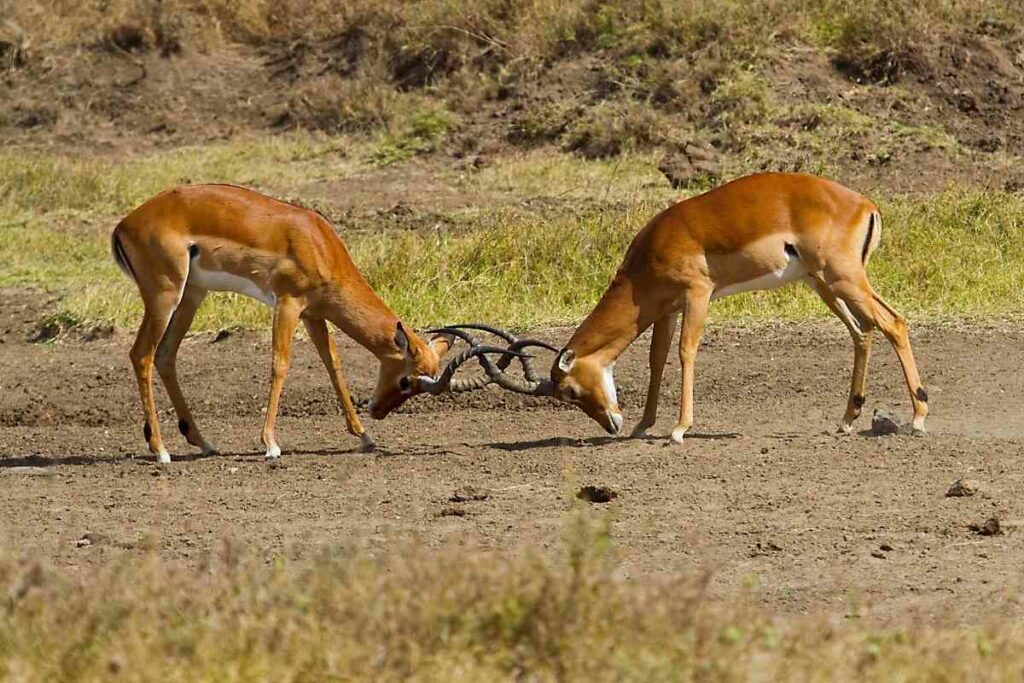
‘Kifaru’ is the Swahili word for rhinos, and the partially blind heavy browsers can eat up to 120 pounds (54 kgs) of vegetation a day.
Most of the rhinos live in protected sanctuaries within the park, and game wardens monitor even those in the wild.
Interestingly – Rhinos are never bothered by the presence of apex predators and continue to graze majestically, even with a nearby pride of lions.
Bird Watching
Nairobi National Park is a birdwatching jewel with over 500 species of birds recorded.
Each large track of grasslands, woodland forests, and riverine environments has distinctive bird species.
In the mixed woodlands and riverine bushes, you can spot shrikes, guinea fowls, francolins, pigeons, sunbirds, lilac-breasted rollers, and the ‘lazy bird’ cuckoos.
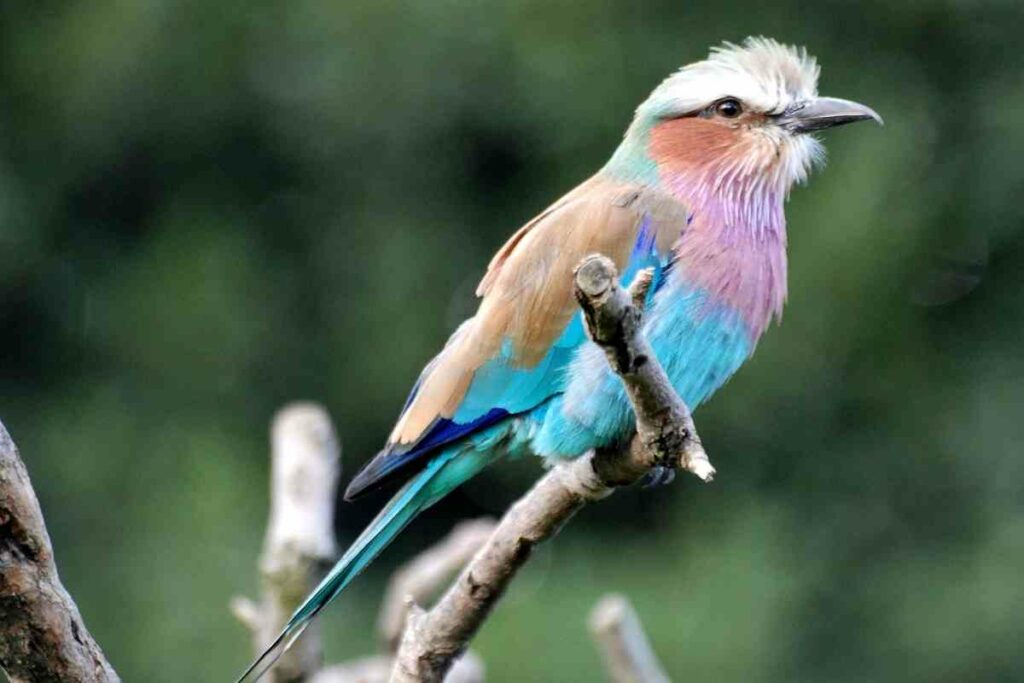
The area around the dams is usually suitable for bird viewing as many water birds converge there during the dry season.
They include yellow-billed storks, white pelicans, African fish eagles, Goliath herons, black-headed herons, whistling ducks, and the African sacred ibis.
Birds of prey are also abundant, with vultures, goshawks, fox kestrels, and the African crowned eagle ruling the skies.
Like ostriches, bustards, and Jackson’s widowbird, the secretary birds also prefer the open savannah where they stomp on prey, usually snakes and small rodents.
Cattle egrets hang around herds of buffalos and wildebeests, feasting on small insects kicked up by the hooves of these bovines as they traverse the grasslands.
The David Sheldrick Wildlife Trust
Better known by locals as the Nairobi National Orphanage, this is a sanctuary of orphaned elephants.
Since its inception in 1979, it has successfully raised 316 baby elephants, the most of any rescue and rehabilitation program in the world.
Visiting the facility is such an exclusive affair you have to book weeks or months in advance to get a slot.
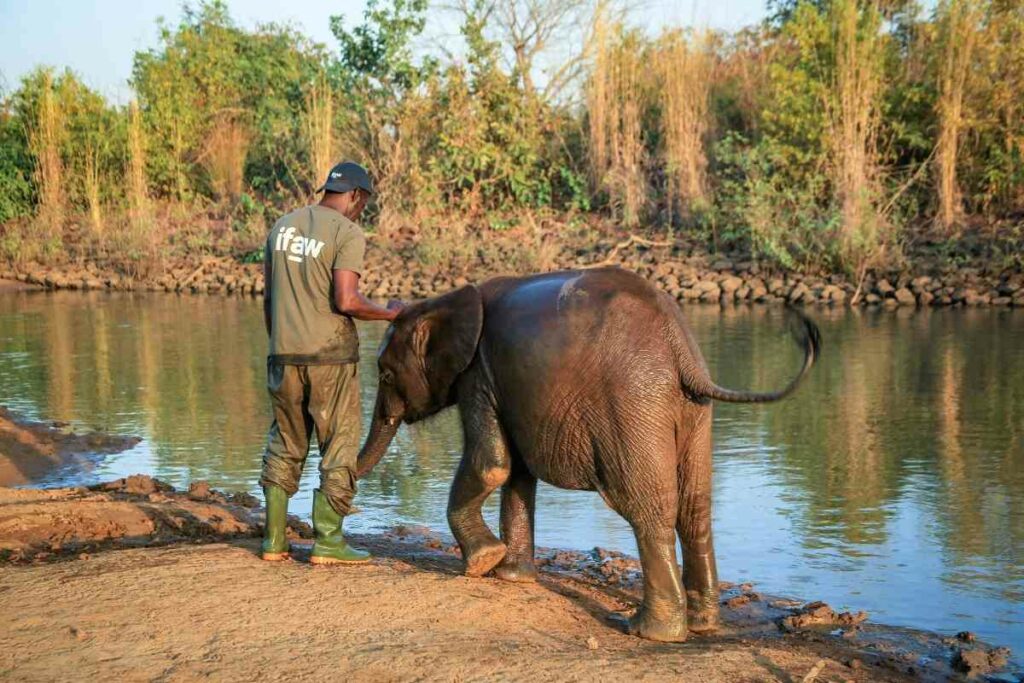
The visitation is strictly one hour, 11 a.m. to 12 p.m., where you see the baby elephants being fed, playing in the dust, or wallowing in the mud pool.
The trust encourages people to partner with them in the conservation efforts by adopting at least one rescued calf for a US$50 annual fee.
As an added incentive, you will be given an extra hour in the evening, 5-6p.m, to see the animals before they retire to their stables.
Moreover, you will receive an adoption certificate and regular updates on the welfare of your adopted elephant.
The rehabilitated elephants are gradually reintroduced into the wild in the bigger national parks of Tsavo and Amboseli.
Due to the park’s proximity to the rapidly expanding Nairobi metropolis, confining the elephants here would inevitably breed human-wildlife conflict.
Besides, the sheer size of the park and woodland forests are too small to sustain a sizeable elephant population.
Hippo Pools
Located in the South West of the park, these pools have the largest concentration of hippos in the Nairobi National Park.
During the Day – The hippos submerge themselves into the river, and it would be best if you visit during the evenings to spot a sizeable herd.
Besides the hippos, you can spot Nile crocodiles, helmeted terrapins, bullfrogs, and a host of water birds.
It is also a popular hiking site despite the relatively short nature trail along the banks of the Athi River.
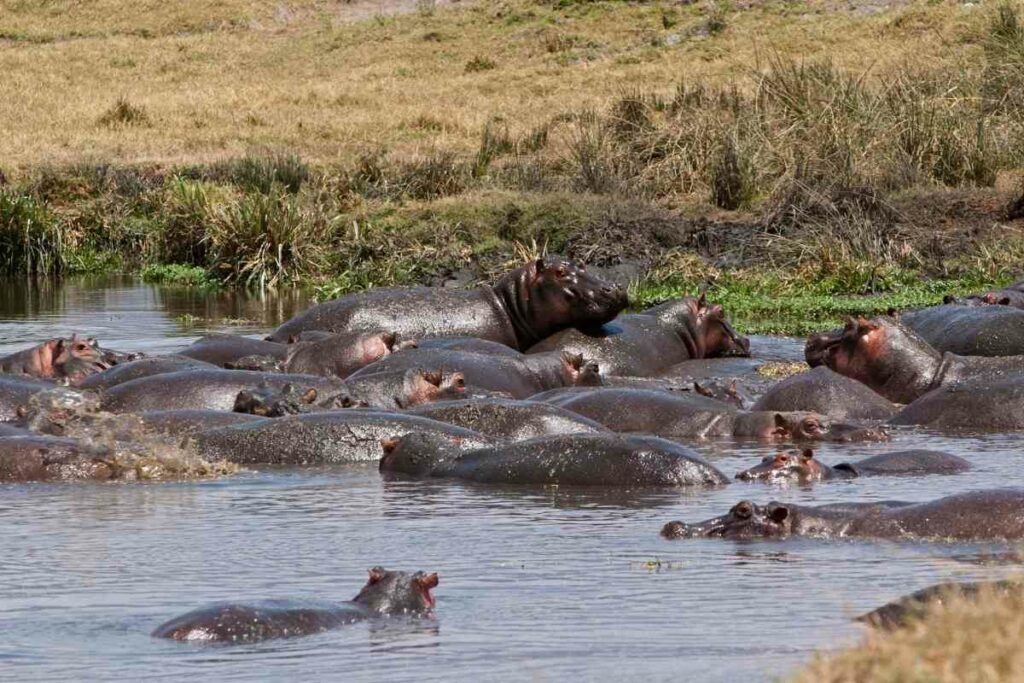
While you don’t need a guide when exploring the riverine habitat, armed wardens patrol the area for safety’s sake.
It also serves as a refreshment spot where you can get out of your vehicle to stretch before continuing with the safari.
Ivory Burning Site Monument
The late 1970s and 80s saw a rise in ivory trading, leading to the massive loss of elephants and rhinos in East Africa.
Fed up with rampant poaching, then President Moi personally oversaw the burning of over 11 tons of ivory confiscated from poachers.
The burning was iconic, the first in the world, and set a precedent that Kenya has zero tolerance for hunting wildlife within its borders.
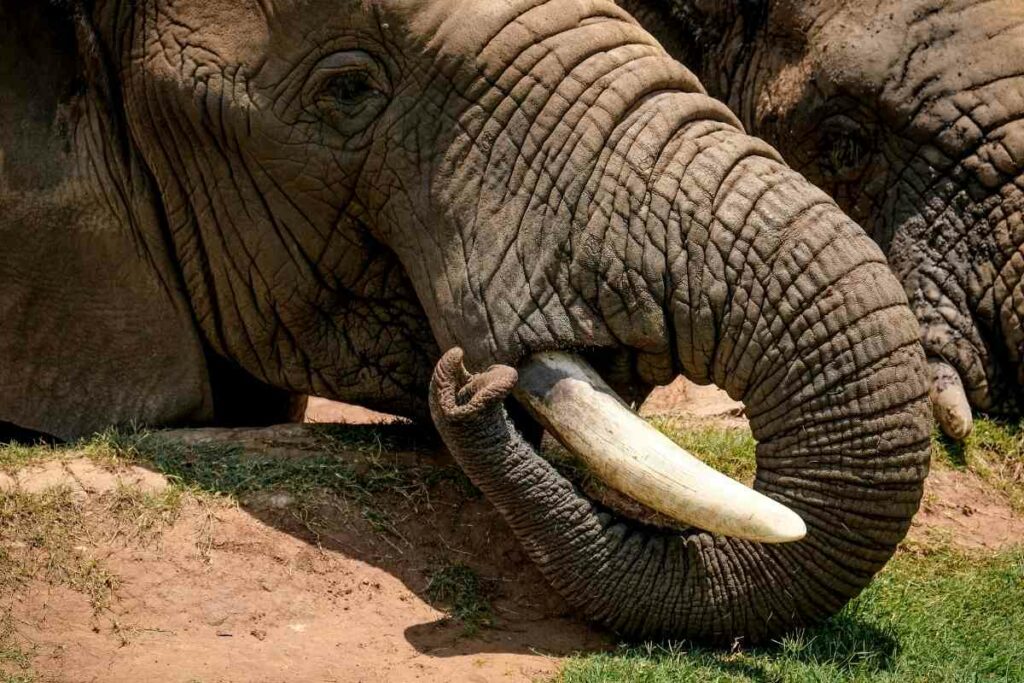
The monument which houses the ashes serves as a reminder of Kenya’s commitment to protecting and conserving its big game animals.
President Uhuru also repeated this feat in 2016 when he burned 100 tons of ivory and exotic animal hides.
You can visit the site just a few meters from the Nairobi National Park’s main gate.
Nairobi Safari Walk
The Nairobi Safari Walk is one of Africa’s most scenic nature walks.
The raised platform gives terrific views over the three major habitats, stretches of savannah grasslands, forests, and wetlands.
It is a preamble of what tourists should expect when visiting Kenyan parks and reserves.
The albino zebra, pygmy hippo, bongo, and white rhinos are rare animals you can find at this facility.
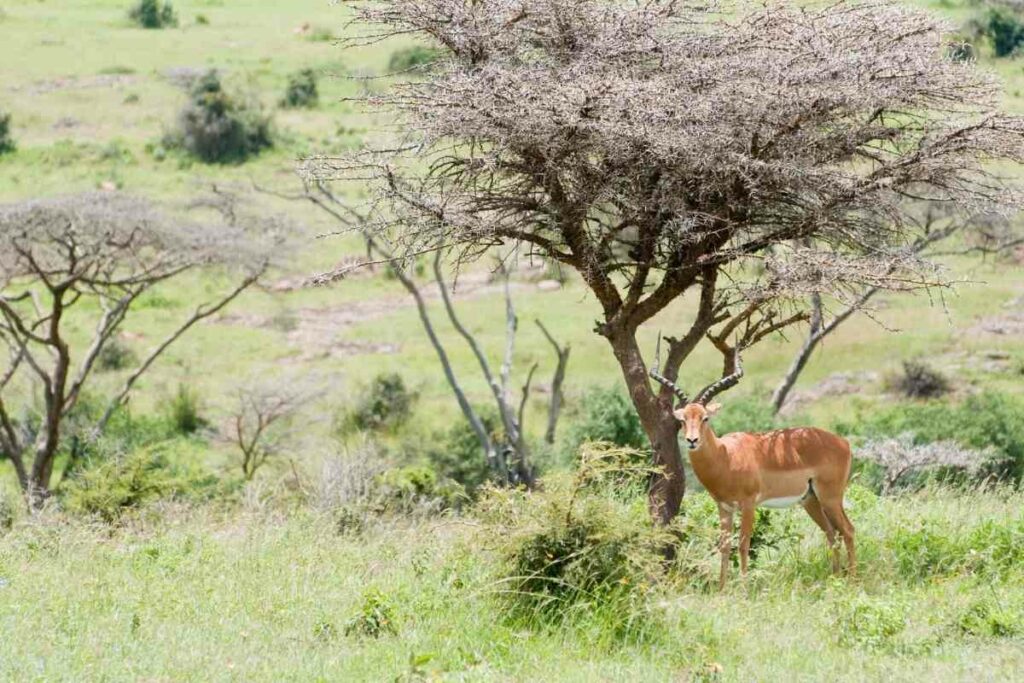
During the nature walk, you may also see cheetahs, lions, leopards, and hyenas stalking herds of elands, zebras, buffalos, and wildebeests for vulnerable members who make for easy prey.
Benches punctuate the meandering trail, which serves as resting points to take in the fantastic sights and sounds of the forest.
It also gives the guides a chance to help tourists identify the over 150 species of trees and explain the traditional uses of the indigenous plants along the walk.
The facility also houses a children’s museum where the young generation can learn about the exotic ecosystem and partake in its conservation efforts.
Nairobi Tented Camp
The Nairobi Tented Camp is a popular campsite within the park.
It has nine luxurious, fully furnished permanent tents with cozy twin or double beds for a blissful night’s sleep under the stars.
Solar panels and lanterns light the tents, while the hot showers are courtesy of water heated over log fires.
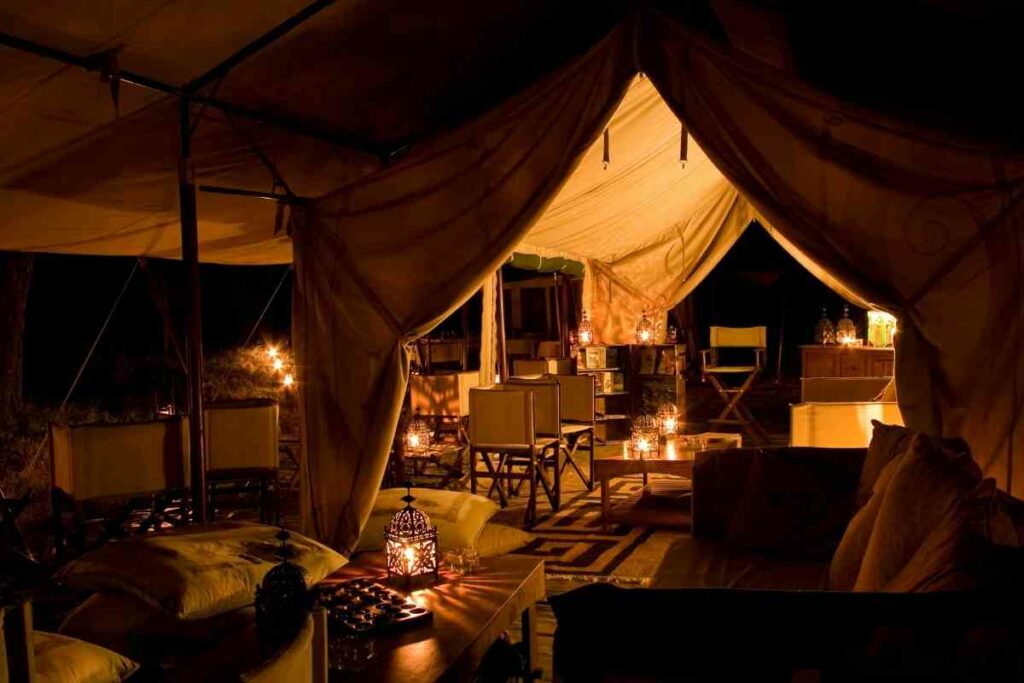
You will serve meals from a central mess tent that includes a fully stocked bar.
Early morning drives give you the best chance to spot lions before they go for their day-long slumber and elusive animals like leopards.
Since the midday temperatures can get pretty high, you can return to the camp and shelter under an olive tree swaying gleefully in a hammock.
Evening game drives present the best opportunity to watch big cats hunting, birdwatching, and scenic sunsets.
Cap your day off with the evening campfire.
Over a couple of drinks, you will interact with other tourists and hear first-hand stories of the jungle from the guides.
The bonfires not only help you bond but also appreciate the diversity of the plant species in the Nairobi National Park.
You can also have an authentic safari romantic candlelit dinner overlooking the forest and vast plains.
Spending a night in the African wilderness is an unforgettable experience.
An occasional lion roar or an owl howling will ring across the pitch-dark savannah, and you can only experience the thrill that comes with it; there are no words to describe it.
Note – Make reservations early enough, especially during the peak season, so you may not miss out on this unique accommodation and wildlife experience.
Picnic Sites
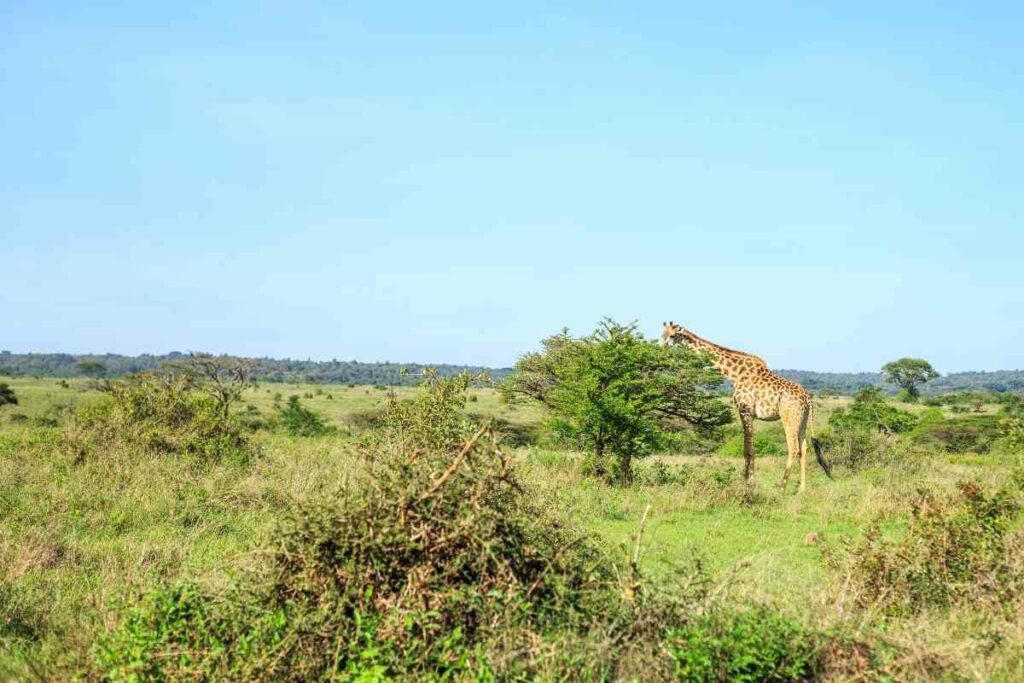
The Nairobi National Park has plenty of tranquil picnic areas for a family outing, a romantic picnic, or an afternoon siesta while taking in the panoramic views of the landscape.
The most popular are:
- Mokoiyet Picnic Site – Southern border of the park next to Mbagathi River Gorge
- Impala Observation Point – 3km from the main gate, a high point with stone rondavel
- Kingfisher Picnic Site – East of Mbagathi, famous for early morning bush breakfasts
The picnic sites are spacious, complete with picnic tables, thatched bomas (huts), and restrooms.
You can also book them for corporate and team-building events.
Besides, your safety is guaranteed, with wardens regularly combing the outskirts of these locations for stray wild animals.
Baboons are the most common gate crushers but remember, KWS recommends you don’t feed them.
Best Time to Visit
Nairobi enjoys a temperate, tropical climate, making the park accessible and exciting all year round.
However, the dry months from June to October offer the best atmosphere for game drives.
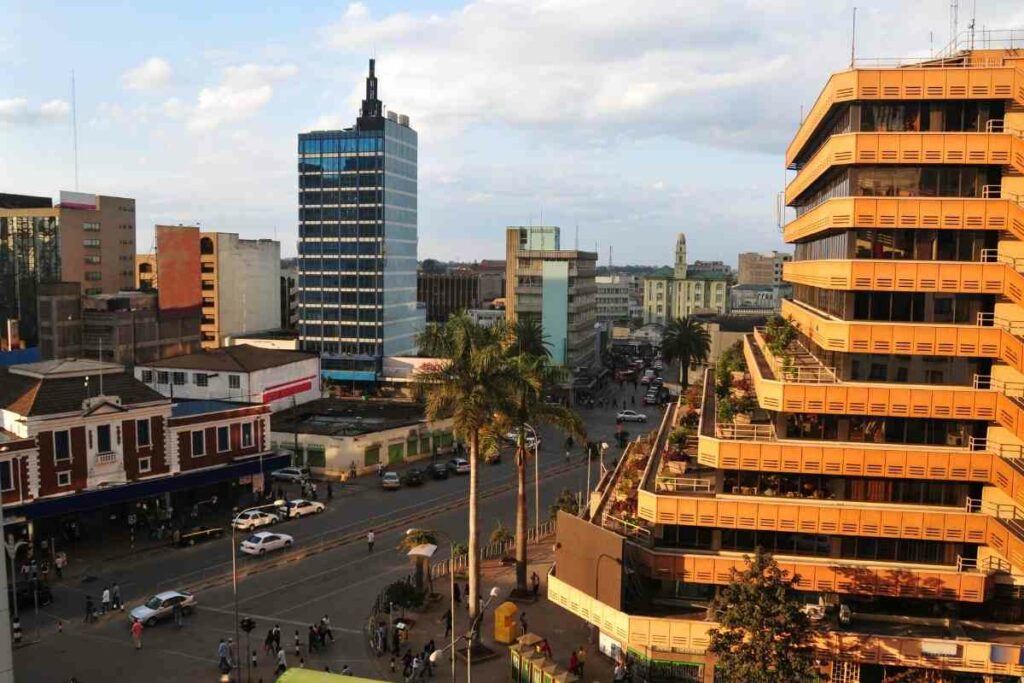
The thinning vegetation makes sightings easy and pushes animals closer to water points.
November to April is best for bird watching. Migratory birds from the horn of Africa and Eurasia flock to the park to add to the hundreds of endemic species.
The gates open at 6. a.m; through to 7 p.m. Early morning and late evening drives offer the most rewarding safari experiences.
You can spot the lions and cheetahs napping under the acacia trees and riverine bushes away from the scorching midday sun.
Weekdays are the best time to visit the picnic sites and observation points since they tend to be overcrowded during the weekends.
Accessibility
The park is only about 6 miles from Nairobi’s central business district, and it usually takes 20-30 minutes to arrive at the main gate (KWS Headquarters) off Langata Road.
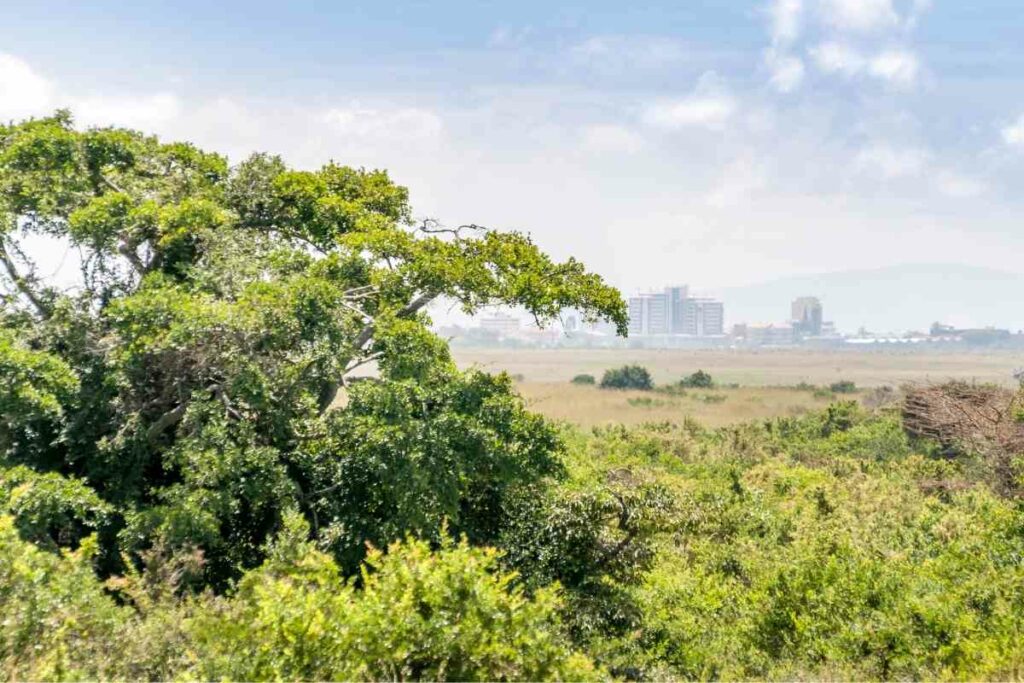
You can opt for a taxi or hop on to a matatu (public bus) from the Nairobi Railways Station plying route 125 or 126.
Airport transfers are also available from the Wilson Airport and the Jomo Kenyatta International Airport.
A transfer from Wilson takes approximately 13 minutes and 30-45 minutes from JKIA, depending on the traffic on Mombasa Road.
You can also use the Nairobi Expressway to save time.
Besides the main gate, Nairobi National Park has other entrances, including Langata, Banda, Maasai, Mbagathi, and the East Gate.
The cheetah gate was unfortunately closed.
The park roads are all murram which occasional bumps and potholes along the way. Use a 4X4 vehicle for maximum comfort.
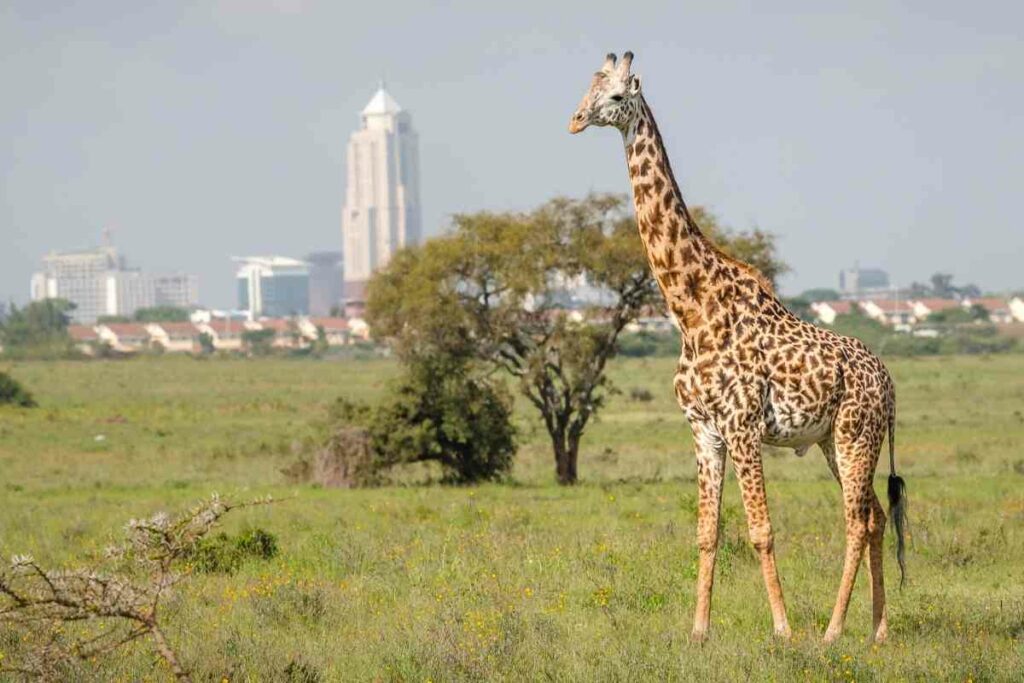
While you can self-drive around the park, we recommend you use guided tours for a more satisfactory safari experience.
The rangers offer expert insight into where you’re most likely to spot wildlife.
Their knowledge of the terrain will also come in handy during the wet seasons when some routes are quite impassable.
Charges
Resident adults pay Ksh 500, while kids pay Ksh 215. Non-residents part with US$ 60 and US$ 20, respectively.
Since no cash is allowed, you can pay either by Mpesa, debit cards, or direct deposits to KWS dollar bank accounts.
Final Thoughts
Nairobi National Park is a perfect destination for many travelers wanting to experience an authentic safari adventure.
With a variety of wildlife and iconic sites, the park promises an unforgettable getaway.
There are many other excursions within the park’s environs, such as the Giraffe Manor, Mamba Village, Karen Blixen Museum, and the iconic Ngong Hills, which you can combine with your visit to the park.


